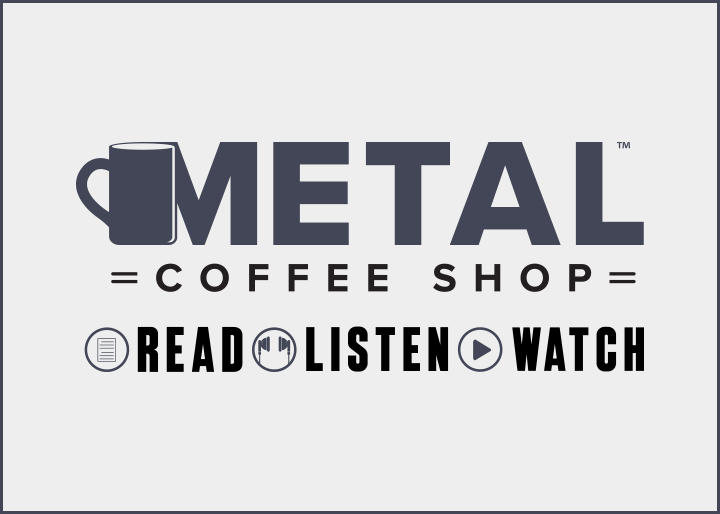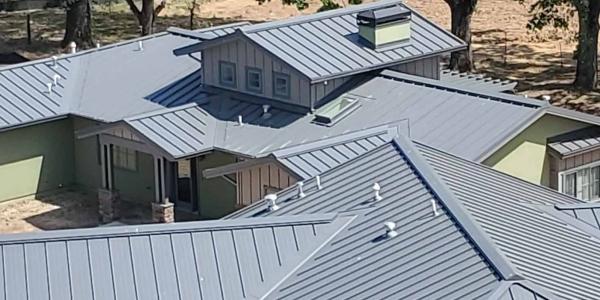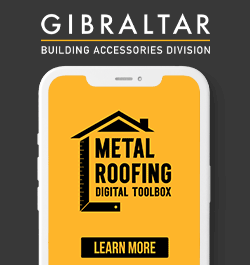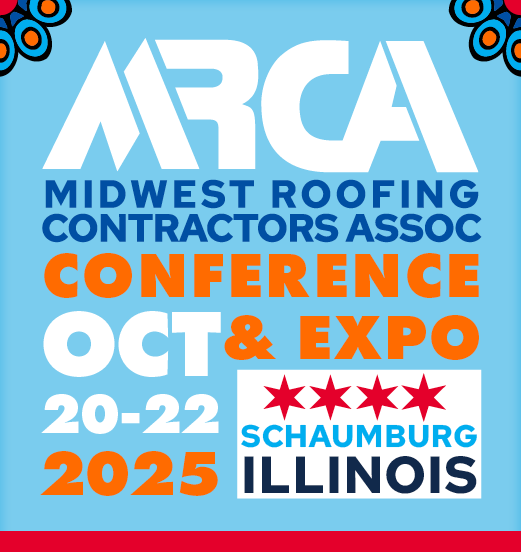Building smarter: How cool walls transform energy efficiency

By Howard Wiig, Hawai‘i State Energy Office.
Explore the benefits of cool wall technology and its role as a sustainable solution for modern construction in a warming world.
For centuries, homes in hot climates like the Mediterranean have been painted white to help reflect heat. As global temperatures rise, this practice is more relevant than ever. With advances in pigment technology, reflective surfaces can now be an array of colors that expand beyond white. “Cool colors” offer the same appearance as standard colors while reflecting more solar energy thanks to enhancements with materials like titanium dioxide. This technology reduces heat absorption without altering the visible color, making them a smart choice for energy-efficient and sustainable buildings worldwide.
Understanding the benefits of cool coatings
Coatings formulated with cool colors absorb less heat and have a total solar reflectance (SR) that is significantly higher than when using the same-colored coating with conventional pigments. For example, a standard green paint may have an SR of 0.25 while a similar-looking cool green paint may have an SR of 0.50 – regardless of whether the substrate is wood, cementitious fiberboard or stucco. Cool colors’ secret sauce is titanium dioxide and other minerals embedded in the paints.
Two 2010 studies by Newport Ventures consulting on adding R-3 and R-5 continuous insulation in addition to R-13 interior insulation to steel-framed homes resulted in estimated payback times of between 46 and 85 years. An independent consultant produced nearly identical estimates. While Hawai‘i’s kWh cost was $0.27 in 2010, the value of the dollar has slipped by 44% since then, creating an approximate tradeoff.
Cool exterior walls
Cool exterior walls are evaluated using two properties – solar reflectance and thermal emittance, measured on a scale from 0 to 1, where 1 is the most reflective or emissive. The Cool Roof Rating Council (CRRC) measures these two properties for exterior wall products, both for the product's initial values and after three years of outdoor exposure. The CRRC publishes the results in the CRRC Wall Rated Products Directory. The directory enables you to compare the rated values of various product types and brands.
Hawai‘i was the first state to add cool walls to its International Energy Conservation Code (IECC). In Table R407, Points Option, credit is given for high reflectance walls in the wood-framed, metal-frames and mass walls sections. A high-reflectance wall is defined as having a visible light reflectance of .64 or greater. (Subsequent issues of Hawai‘i’s amendments to the IECC will use the metric of SR.)
Nationally, ASHRAE’s 90.2 standard for residences requires an SR of .20 for mass walls. California’s Title 24 and the City of Los Angeles have cool city requirements that include cool surfaces and other states and cities are being added to the list.
LEED certification
Perhaps the most powerful driver of cool walls is LEED — Leadership in Energy Efficient Design — a documentation program which requires building designers to achieve high levels of health, comfort and energy efficiency. Well over 100,000 buildings worldwide are LEED certified. High reflectance surfaces receive key points. Under LEED Version 4.1, “Heat Island Mitigation With Cool Walls,” one point will be awarded for the installation of a cool exterior wall product under the Heat Island Reduction Sustainable Sites Credit for the Building Design and Construction (BD+C) rating system. When a cool exterior wall product is used for the heat island reduction credit, the CRRC Directory can be used to find products that meet the requirements.
To achieve the credit, at least 60% of the building’s gross exterior wall area (including vertical fenestration) must be surfaced with a wall material that has an SR of at least 0.60 and thermal emittance of at least 0.75.
Cool walls in energy studies
Because the same laws of physics that apply to cool roofs apply to cool walls, an EPA brochure offering an excellent primer on cool roofs is entirely relevant to the cool wall designer.
For those wanting a deep dive into cool walls, the California Energy Commission’s study is possibly the most definitive. In California, project researchers used EnergyPlus to perform more than 100,000 building energy simulations, which included:
- 10 different building categories
- Three building vintages
- 16 California climate zones
- 15 United States climate zones
Key parameters varied during these simulations, including:
- Wall albedo (solar reflectance)
- Roof albedo
- Combination of walls modified
- Building orientation
Results showed:
- Annual savings in source energy and energy costs across all California and warm U.S. climate zones
- Reductions in emissions, including carbon dioxide (CO2), carbon dioxide equivalent (CO2e), nitrogen oxide (NOx) and sulfur dioxide (SO2)
- HVAC peak power demand reductions in all simulated zones
- In California specifically, cool walls reduced whole-building annual HVAC energy use by 3% to 25%
Solar radiation control is an effective means to decrease building cooling energy. By reflecting sunlight away from an exterior surface before it can be absorbed, solar radiation control keeps the exposed building surface cooler. This decreases the temperature difference between the inside and the outside of walls. Reduced heat flow means lower energy costs for the building owner. Reflecting sunlight away also diminishes the effects of high temperature and intense sunlight on immediate surroundings. We can learn from the ancient Mediterranean designers and improve upon them by using our secret sauces to specify highly reflective medium colors as well. An easy-to-use guide is provided by the Lawrence Berkeley Lab.
About Howard Wiig
Howard Wiig is the codes and standards program manager for the Hawai‘i State Energy Office. Any comments or questions, please contact him at howard.c.wiig@hawaii.gov.
Stay up to date with the latest industry news when you sign up for the Coffee Shop eNews.























Comments
Leave a Reply
Have an account? Login to leave a comment!
Sign In